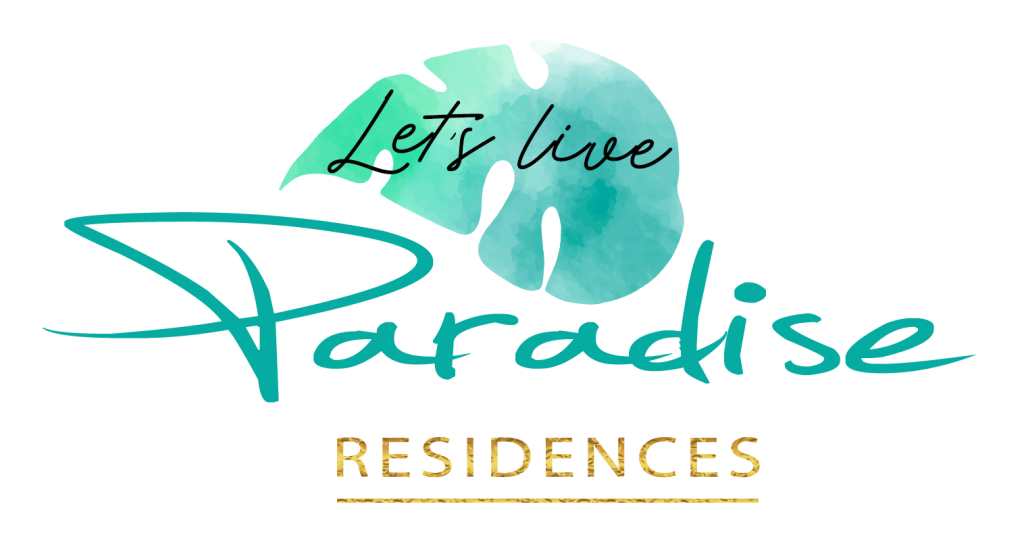The five stages of group development, according to Bruce Tuckman’s model, are forming, storming, norming, performing, and adjourning. One of the key ingredients to effective teamwork is taking the time and making the effort to define roles and tasks. Online or face-to-face, students involved in group work need support with team working skills. ✉️ What are your thoughts on the 5 stages of group development, and do you plan to implement this framework in your work or life? Drop us a line at for a chance to be featured in this or one of our future articles. And, if you liked this blog post, share it with someone who might find it useful.
Researchers have found evidence supporting Erikson’s ideas about identity and have further identified different sub-stages of identity formation. Being proud of your accomplishments, watching your children grow into adults, and developing a sense of unity with your life partner are important accomplishments of this stage. Erikson believed it was vital that people develop close, committed relationships with other people.
Support
Chaos theory argues that it’s unrealistic for a system to go through deterministic, predictable, and repeated stages. While these four stages—forming, storming, norming, and performing—are distinct and generally sequential, they often blend into one another and even overlap. For example, https://www.globalcloudteam.com/ if a new member joins the team, there may be a second brief period of formation while that person is integrated. A team may also need to return to an earlier stage if its performance declines. Team-building exercises are often done to help a team through its development process.

The storming stage is where conflict and competition are at its greatest. Such issues can relate to things like the group’s tasks, individual roles and responsibilities or even with the group members themselves. Bruce Tuckman, jointly with Mary Ann Jensen, added the adjourning stage to describe the final stretch of a team’s work together. It includes both the last steps of completing the task and breaking up the team. For project-based teams that have been formed for a limited time period, this stage provides an opportunity to formally mark the end of the project.
Stage 4: Performing stage
You recognize this isn’t any one team member’s fault, but you want to make it right. The last thing you want to experience is team members who de-value one another or collectively fall behind. In this meeting, you take notes from each team member and apply these to your team principles. This way, each employee knows they can trust you, and each other going forward. It’s up to you to provide clarity, ensure team alignment and employee motivation. If you reflect on them, they’ll tell you a cohesive story about their strengths, needs and performance.
As a result, the individual team members are given their chance to shine. This stage presents the time where a group is just formed and the members are starting to come together as a team. One major weakness of psychosocial theory is that the exact mechanisms for resolving conflicts and moving from one stage to the next are not well described or developed.
Leadership from the Proverbs: The Wisdom of Humility
Also, members of older groups tended to perceive their groups to have more of the characteristics of Stage-3 and Stage-4 groups and to be more productive. Based on these results, Wheelan’s position supports the traditional linear models of group development and casts doubt on the cyclic models and Gersick’s punctuated equilibrium model. Tuckman’s model of group development describes four linear stages that a group will go through in its unitary sequence of decision making. A fifth stage was added in 1977 when a new set of studies were reviewed (Tuckman & Jensen, 1977). The goal of most research on group development is to learn why and how small groups change over time. To quality of the output produced by a group, the type and frequency of its activities, its cohesiveness, the existence of group conflict.
- Stefan Veljkovic is a work optimization aficionado who writes at the intersection of tech, self-help, and mindfulness.
- You approach your team to learn about their bottlenecks, roadblocks and concerns.
- Building a great team culture at this stage is beneficial in the long run.
- At this point, performance increase as the team begins to cooperate and focus on the goals.
- Provide extra support and guidance to help team members — who are less secure about voicing their opinions and ideas — stand their ground.
- Speaking of ends, the Adjourning Stage is the bittersweet cherry on top of each team and project, and it will happen whether you want it or not.
- Thus, the researchers study about the group development to determine the changes that occur within the group.
The first of these tracks involves activities that are tied to the specific task being performed. These activities include interactions of the team members with tools and machines, the technical aspects of the job (e.g., procedures, policies, etc.), and other task-related activities. The other track of activities is devoted to enhancing the quality of the interactions, interdependencies, four stages of team building relationships, affects, cooperation, and coordination of teams. Treat group development as an ongoing process, not something that happens occasionally. If you want positive changes in behavior that contribute to more productivity, it takes time and effort. The Bug Banisher Team begins to hold weekly meetings to share and track progress with all of the members.
From forming to performing: leading through the 4 stages of team development
It’s critical to have everyone on the same page at the very end of the project. In any case, it’s the saddest of all the 5 stages of group development. In fact, the Chief Marketing Officer at SplitMetrics.com, Olga Noha, told me that navigating the 5 stages of group development can pose tremendous challenges. But she said that we should try to be open to whatever’s coming our way.
Here you’ll find a variety of articles on subjects such as business, ministry, archaeology, communication, psychology, education and many more. After all, their ability to overcome obstacles and achieve their goals is a reflection of a management job well done. Ultimately, the goal is to make sure you can provide psychological safety as a baseline, evaluate team patterns of behaviour and notice when you’re in a negative cycle.
Free Study Material
Our personal identity gives each of us an integrated and cohesive sense of self that endures through our lives. Our sense of personal identity is shaped by our experiences and interactions with others, and it is this identity that helps guide our actions, beliefs, and behaviors as we age. According to Erikson, our ego identity constantly changes due to new experiences and information we acquire in our daily interactions with others. As we have new experiences, we also take on challenges that can help or hinder the development of identity. Each stage of team development doesn’t necessarily take just as much time as the one that comes after it, nor the one before it. The norming stage is more harmonious since teams understand why it’s important to ask for help, and how to come to you with questions when they need guidance.

After finishing the 4th of the stages of group development, the result is goal achievement. The Multilevel Perspective is an integration of these analyses into one unified approach. It suggests that group development and success can be best understood by taking into account components found at all levels of analysis. Overworking your team to achieve ambitious goals will result in burnout and affect long-term progress. So, it is critical to realize that it takes time for the team to become productive, and the key is to have practical targets. There should be a process that enables the team members to learn and grow daily.
The 5 stages of group development
After a project is over or if a team is disbanded, team members who worked together will go into a small mourning period. Group members may have a hard time working with other groups as they had strong group dynamics with their previous team. This is the stage when things begin to settle down as your team finds their groove. As they grow more comfortable working together, team members are more comfortable asking for help completing a task or getting constructive feedback. Your team starts to increase their productivity at this stage as they become more familiar with their teammates and their working styles.
